What’s next for ‘accessible’ luxury? Quite a lot actually
Despite the focus on top tier luxury clients there’s still much opportunity for those in the somewhat more approachable range.
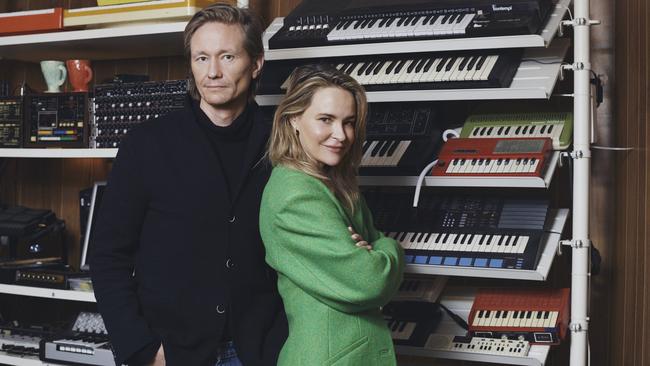
Much had been made of the so-called “lipstick index”, the term for the phenomenon of people purchasing little luxuries in times of financial strife. Beauty products, small leather goods and accessories have long been the entry point into luxury brands, and are an important cohort at that.
However, a heady mix of the slowdown of luxury following its incredible boom during and immediately after covid, the tightening of consumers’ spending, the tough retail climate and many luxury brands increasing their prices has created a curious opportunity for the world of the somewhat dubiously named “accessible luxury”.
As Bernstein’s Aneesha Sherman told Maddie Schulz at Vogue Business, with luxury brands raising their prices – in some cases up to 50 per cent – it has “created a pocket in the middle zone where, if you want to spend somewhere between $US500 and $US1000 ($750 to $1500), you’re priced out of these high luxury brands. But your willingness to pay is far above the $US100 to $US200 ($150 to $300) range. You’re looking for something in between: the supply has grown to serve the demand”.
It does make sense to cater to the top. In a recent interview on the fashion and business podcast Fashion People, hosted by Puck’s Lauren Sherman, luxury retail buyer Elizabeth van der Goltz notes that 80 per cent of business in luxury comes from the top-spending customer. Online it’s around 40 per cent.
Making “affordable” luxury work, she said, requires both a distinct point of view and a “price/value equation”. In other words, it needs to be something worth buying because of its quality, design, perceived value or the desire it evokes.

Federica Levato, Bain partner and luxury expert, says the recent focus of the luxury market on the top-tier client – the ones unruffled by interest rate rises – particularly in the high jewellery watches and haute couture worlds, has created an interesting challenge for luxury brands.
“Recent market elevation led luxury brands to double down on top customers, engaging them through hyper-segmented clienteling activations and ad hoc value propositions,” she says.
“On the one hand, this dynamic positively contributed to nurturing luxury brands’ growth against an unfavourable macroeconomic environment – as top customers increasingly took share, demonstrating unparalleled resilience.
“On the other end, this left core and entry customers feeling left behind, with aspirational customers more severely impacted by price increases. In this context, the challenge for luxury brands is to enhance and redesign the purchasing experience so as to increase relevance for the entire customer base, across the entire customer journey.”
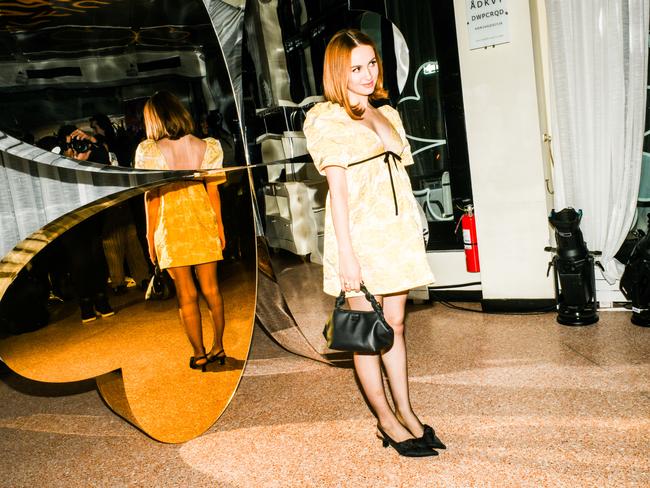
Whether you think of this segment of the luxury market as “accessible”, “affordable”, “contemporary” or “mid-tier” (and keeping in mind the parameters for this are subjective), plenty of brands play in this space.
Not only in the lower-priced items from luxury houses, but also brands that offer more approachable prices for well-made and elevated designs. This includes the likes of Australian fashion brands such as Christopher Esber, which recently branched into the footwear, handbag and eyewear categories, and ready-to-wear labels such as Frankie Shop.
“Accessible luxury represents a substantial portion of (the) broader personal luxury goods market. Despite currently suffering from increasing economic instability, it still represents a fundamental, yet more affordable gate for consumers to continue belonging to the luxury ecosystem,” says Levato.
Therefore, she says, it’s important to keep evolving it.
This is something that Australian designer Christopher Esber considered when branching into accessories. He says the brand keeps selling out of its now cult sparkly Minette flats, which cost $995. Each pair features more than 1000 crystals which are hand-placed onto the shoe.
“The Minette Flats have put the brand on the accessories map, by far,” says Esber.
“To the point that we weren’t able to restock fast enough throughout 2023. We’ve been able to increase volumes with our factory and are now keeping up with demand, for now.”
In developing the brand’s accessories line, Esber says it was important that they reflected the brand’s aesthetic. He sees the opportunity for brands working in this luxury tier, especially those with a unique point of view.
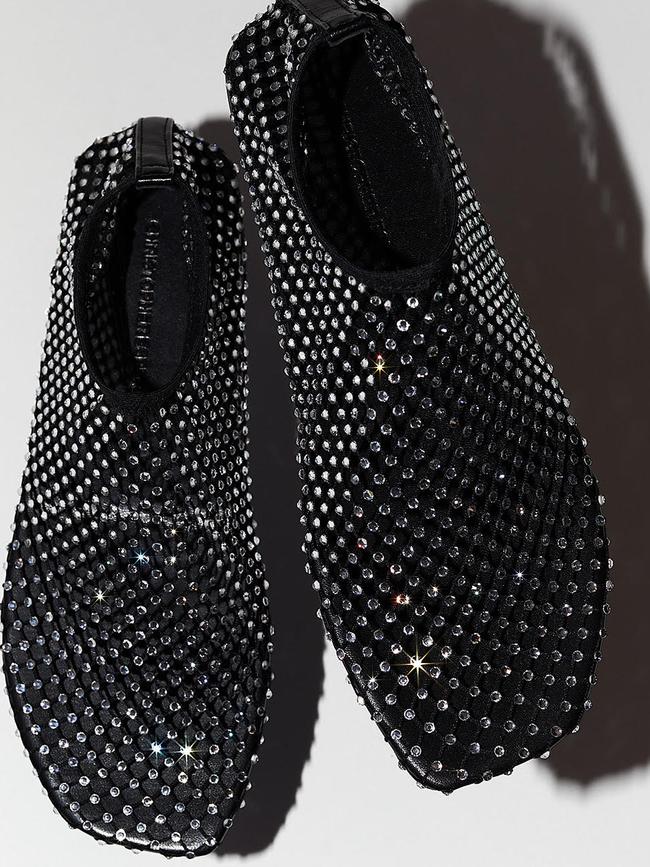
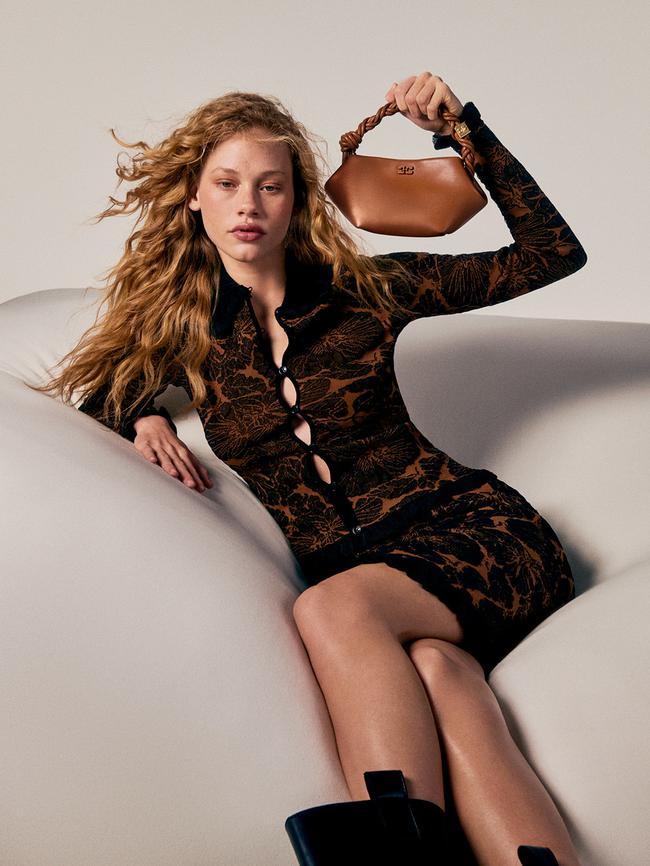
“There is a demand for pieces that are high quality and unique. We also love to work with our incredible network of artisans to create new ideas with the skill set,” he says. “Our accessories are an extension of the concepts of our collections … just as much time goes into designing and creating our accessories as it does draping and tailoring our clothing.”
It’s something that Gabriella Pereira, creative director of Australian brand Beare Park, factors in too. Pereira makes her collections in Australia and focuses on only using high-quality natural fibres such as wool and silk.
As she told The Australian in an interview ahead of her Australian Fashion Week show, “I think we are targeting a certain type of woman who appreciates quality and fabric and make and all these things that come with the brand, but at the same time it’s like why would they give us their money ultimately over a brand that does a similar thing?” she says.
“I think that there is definitely a customer, and I think I was one of them before I started the brand, which is a big reason as to why I started the brand. I was looking for something that doesn’t exist. And I think that is beautifully made, Australian-made core pieces that are wardrobe staples. They’re timeless, they’re not super loud on branding and they’re reliably good quality and reliably beautiful fabrics. And I think considering all of those things put together in the product, it’s actually a very good price point because it’s hard to find that.”
Another brand to reap the opportunity in this space is Danish mega brand Ganni. Its Bou Bag has become a cult item with sales of the bag growing 159 per cent since its launch a year ago. Handbags have since become one of the fastest-growing categories for the brand, which is stocked in more than 600 stores around the world and has 25 stores, including one in Sydney. The Bou bag, meanwhile, has been carried by the likes of “It” girls’ such as singer Charlie XCX, model Sophia Roe and actor Maude Apatow.
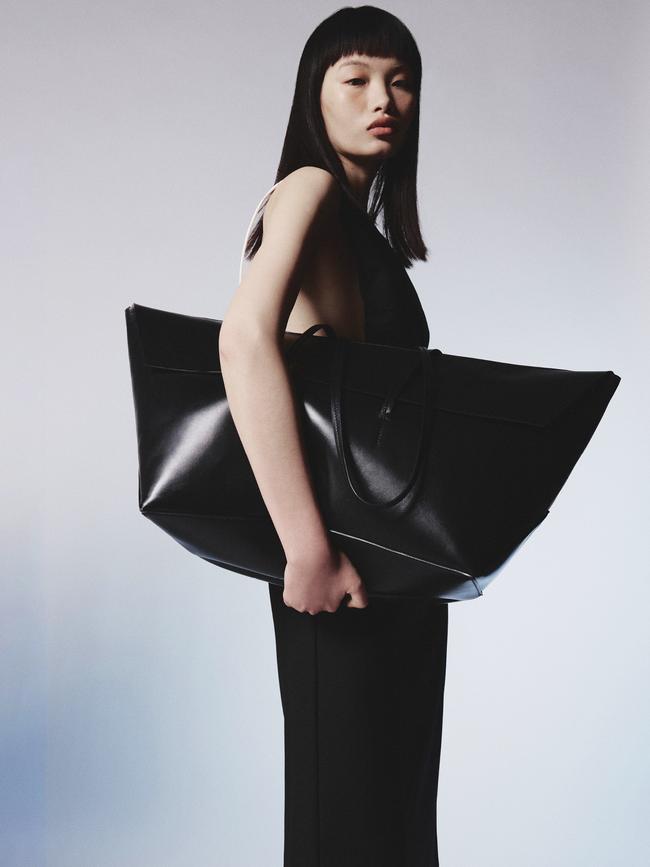
Ganni creative director Ditte Reffstrup says the bag fits with the brand’s ethos of “democratic fashion”.
“Since we began, we’ve created democratic fashion and our price points have always felt like an honest and natural approach. For our first ‘it’ handbag, it had to feel luxury but also it was our responsibility to craft something innovative, and as we all know that comes at a premium,” she says. “We call it luxury for a new era.”
The bag rethinks what luxury can be, too, by using alternative materials. Rather than virgin leather it is made from what the brand calls Ohoskin, a mix of bio-based material from leftover oranges, cactus waste streams and recycled plastic. Another material it is testing is Celium by Polybion – a Cultivated Cellulose, grown by feeding bacteria with agro-industrial fruit waste.
Reffstrup believes the Ganni customer thinks about luxury differently, including how it fits with their values.
“Our community comprises fiercely independent and confident women whose personal style is a form of self-expression. For them, it’s a lifestyle rather than a sense of style. They want to have fun with luxury and invest in something meaningful,” she says.

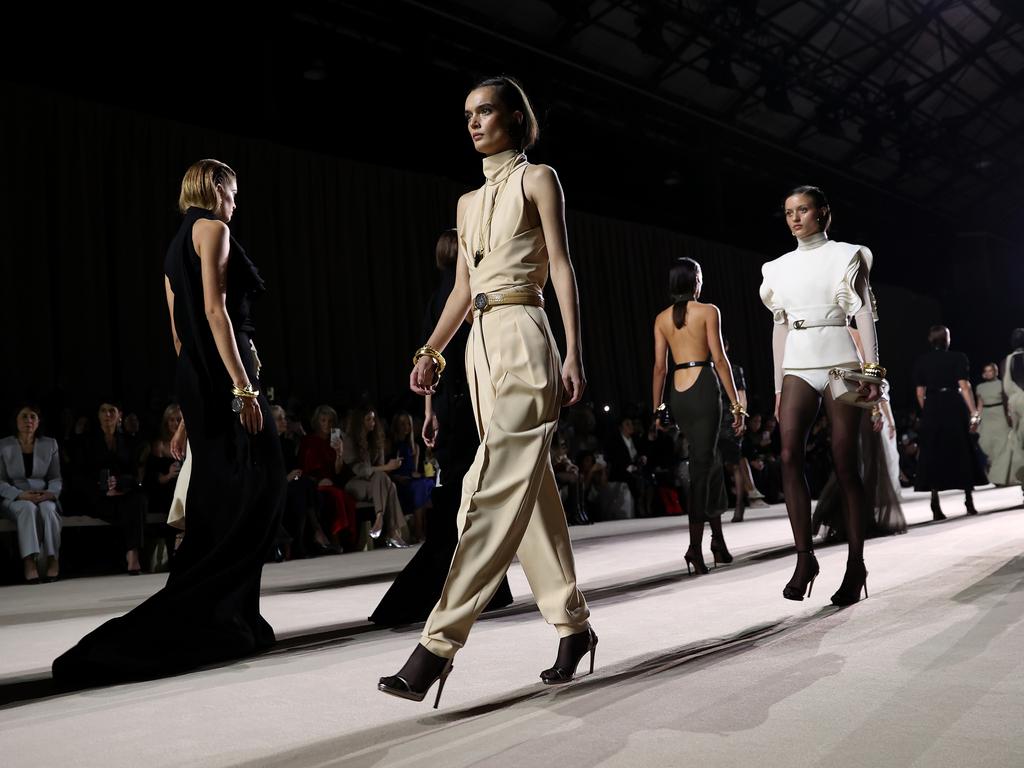


To join the conversation, please log in. Don't have an account? Register
Join the conversation, you are commenting as Logout